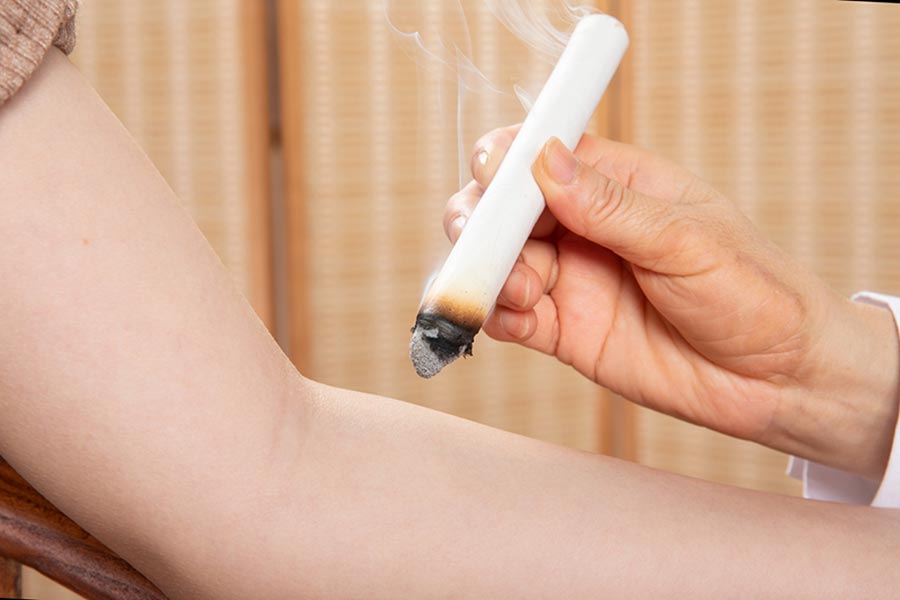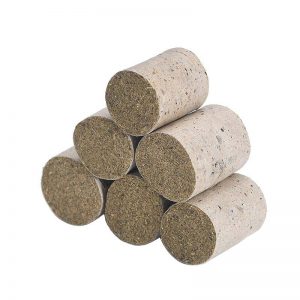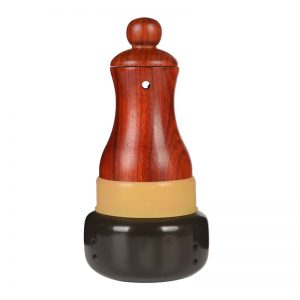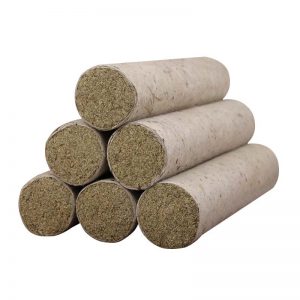Tennis elbow is the chronic inflammation of the extensor muscle group that attaches to the external epicondyle of the humerus, usually brought on by repeated action. Generally, the onset is slow and the attacks are recurrent. This disease is common among people who use their forearms and elbows, such as woodworkers, plumbers, electricians, miners and tennis players.
In TCM, this disease is called elbow taxation or sinew damage. The main cause is chronic strain. Long-term use of the elbows and forearms can damage the sinews, and cause qi stagnation and blood stasis. When there is a blockage, there is pain. The three yang channels of the hand govern the lateral elbow, and are the channels primarily used in treatment.
Clinical manifestations of tennis elbow
- The disease is common among tennis players, violinists, plumbers, electricians and domestic workers.
- The pain of the lateral elbow, especially when rotating the forearm and moving the wrist.
- The pain can radiate along the muscles of the arms and there can be reduced strength in the hand.
3 Acupuncture points for tennis elbow
The basic therapeutic principles are relaxing the sinews, unblocking the channels and relieving pain using local acupoints and distal points along the same channels. Points are chosen according to the principle, “Acupoints treat diseases in the area.”
1. BL 14 Acupoint (Jueyinshu)
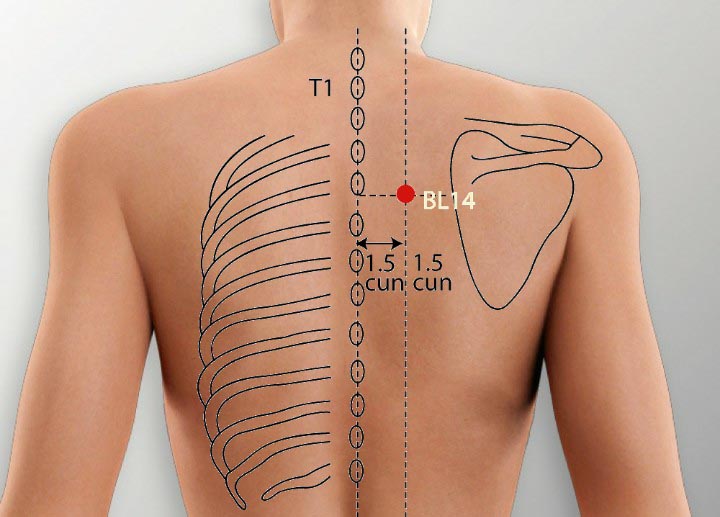
Location: On the back level with the lower border of the spinous process of the fourth thoracic vertebra, 1.5 cun lateral to the posterior midline.
Effect: Dispels wind-cold, unblocks the collaterals, relieves pain.
2. LI 10 Acupoint (Shousanli)
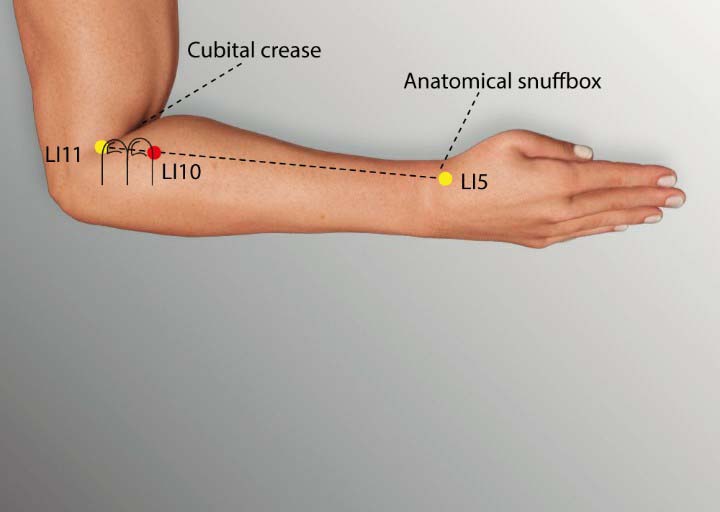
Location: On the radial side of the dorsal forearm on the line connecting LI 5 and LI 11, 2 cun below the elbow crease.
Effect: Dredges the channels, unblocks the collaterals, disperses swelling, relieves pain.
3. GB 34 Acupoint (Yanglingquan)
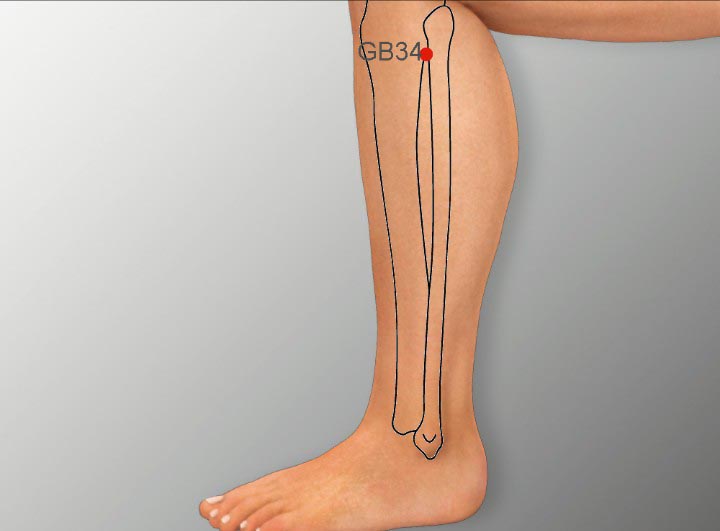
Location: On the lateral side of the lower leg, in the depression anterior-inferior to the head of the fibula.
Effect: Relaxes the sinews, unblocks the collaterals, relieves pain.
4. Local tender points
Location: In the area of pain.
Effect: Unblocks the collaterals, relieves pain, promotes joint function.
Moxibustion treatment methods
- Mild moxibustion on local tender points. The patient should feel the heat penetrate deeply and expand over the area with local tightness, pressure, soreness, distention and pain.
- Double-point mild moxibustion on BL 14. The patient should feel heat transmitted along the armpit and the lateral-posterior upper arms to the elbow. Located on the foot Taiyang bladder channel, BL 14 can dispel wind-cold, unblock the collaterals and relieve pain.
- Single-point mild moxibustion on LI 10. The patient should feel heat transmit deeply or flow along the hand Yangming large intestine channel. Located on the hand Yangming large intestine channel, LI 10 can dredge the channels, unblock the collaterals, disperse swelling and relieve pain.
- Single-point mild moxibustion on GB 34 on the unaffected side. The patient should feel the heat penetrate deeply, transmit along the foot Shaoyang gallbladder channel, or feel local tightness, pressure, soreness, distention and pain. GB 34, the he-sea point of the foot Shaoyang gallbladder channel and the meeting point of the sinews, can relax the sinews, unblock the collaterals and relieve pain.
Treat once a day, choosing one or two groups of the above acupoints each time. Ten treatments make a treatment course. In total, give two courses with two to five days in between for rest.
Conclusion
Moxibustion is able to diminish inflammation and ease the pain. After recovery, patients should avoid wind, cold, and overstrain.
Elderly people whose jobs involve repeated movements of the elbow joint should maintain a proper work-rest balance and perform exercises that strengthen the joint.

